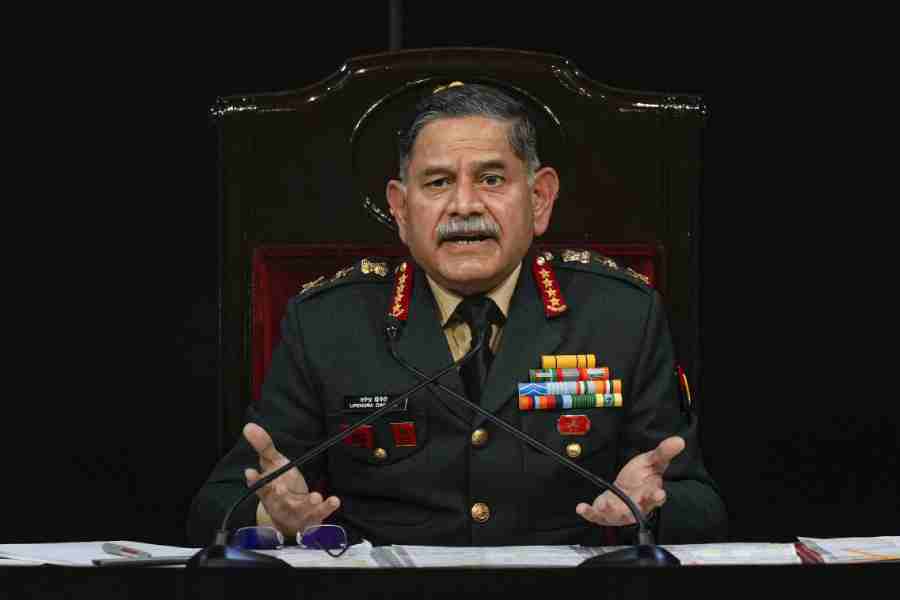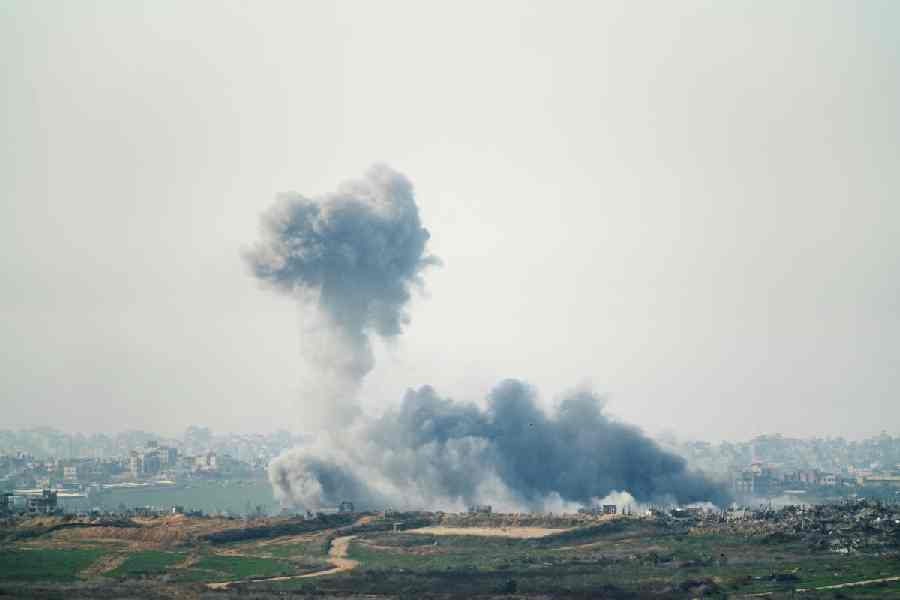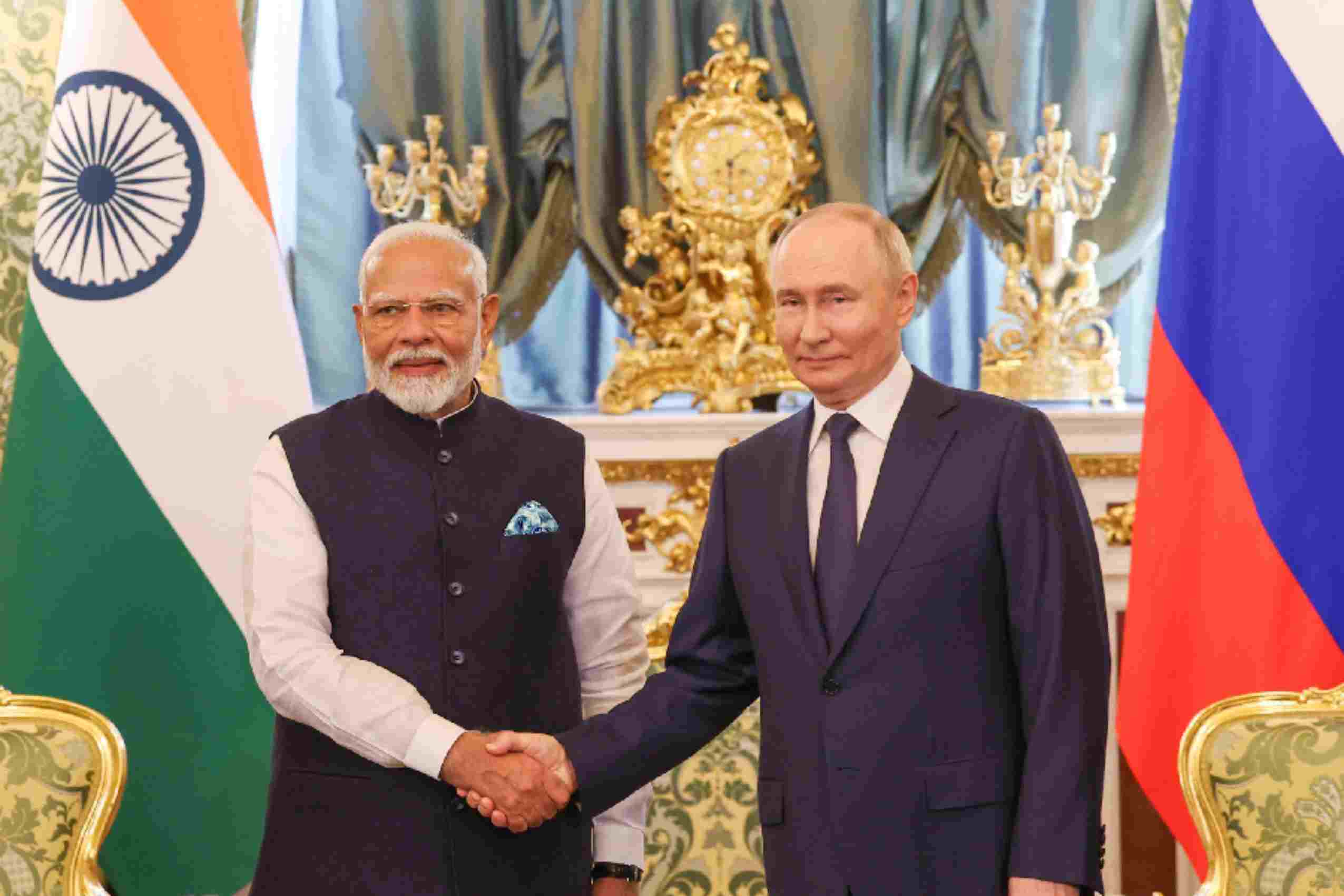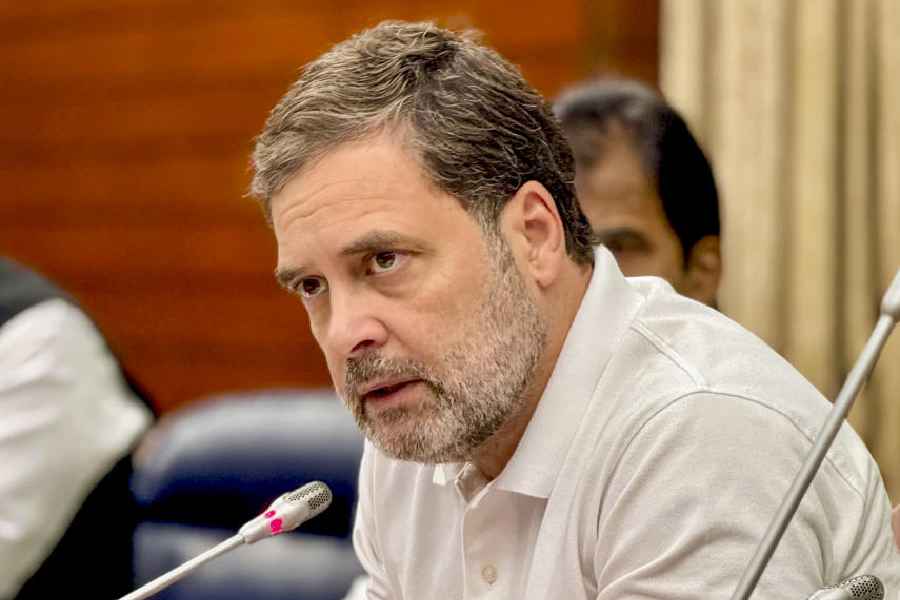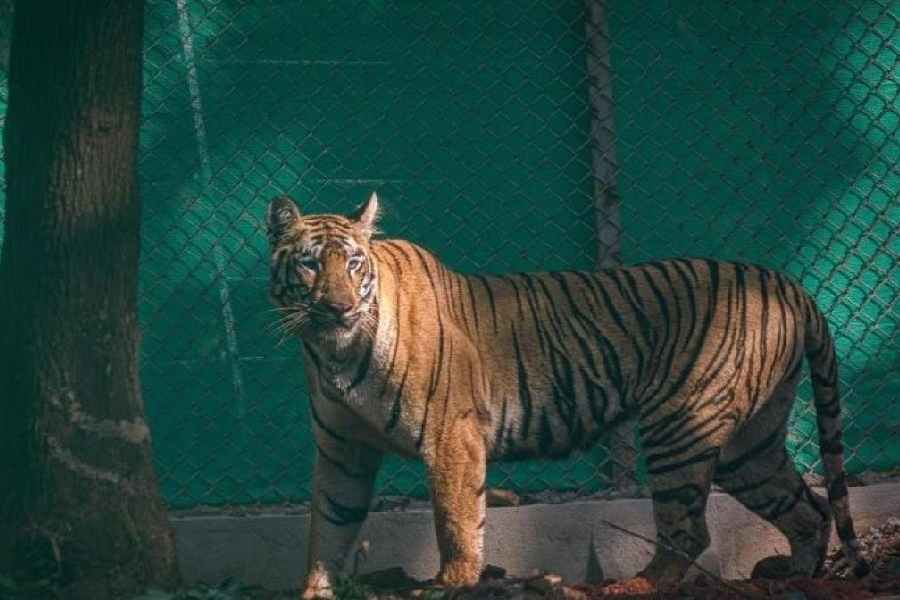The army chief, General Upendra Dwivedi, on Monday said there was “still a degree of standoff” between Indian and Chinese troops along the Line of Actual Control in eastern Ladakh and the situation along the frontier was “sensitive but stable”.
Dwivedi’s remarks appeared to contradict the Centre’s claim that last October’s agreement with China on disengagement from the Depsang Plains and Demchok had brought the two countries “back to where the situation was in 2020”.
“There is still a degree of standoff in eastern Ladakh. The situation is sensitive but stable,” the army chief said at his annual media conference ahead of the Army Day celebrations on January 15.
He said efforts were needed to restore trust between the two militaries even though patrolling and livestock grazing in traditional areas had resumed in Demchok and the Depsang Plains, the two transgression points from where both sides had disengaged in October.
China has been accused of transgressing and occupying about 1,000sqkm of India-claimed territory in Ladakh since May 2020.
Indian external affairs minister S. Jaishankar announced on October 21 last year that the two countries had reached a patrolling arrangement along the LAC, leading to disengagement from the Depsang Plains and Demchok.
The announcement came a day before Prime Minister Narendra Modi met Chinese President Xi Jinping on the sidelines of the Brics summit in Kazan, Russia.
“We reached an agreement on patrolling. We have gone back to where the situation was in 2020. And, we can say, with that the disengagement process with China has been completed,” he had said.
Dwivedi said India was now focusing on boosting its border infrastructure and capability development along the LAC, and that the situation did not warrant cutting down on troop deployment.
“Troop deployment directly depends on the trust factor and the capabilities created on either side. The current capabilities across (the frontier) entail we will need to maintain the troop levels,” he said to a question.
The army chief had in the past, too, flagged “trust” issues with China.
“During winters, we are not looking at reduction in troop levels along the LAC. A review will be done ahead of the summers,” he said on Monday.
He said the army was looking forward to the next round of talks at the level of the special representatives and the Working Mechanism for Consultation and Coordination on India-China Border Affairs.
Explaining the pre-disengagement situation on the Depsang Plains and Demchok, he said both sides had moved forward from their April 2020 positions and stopped the other side from going to areas they traditionally patrolled. The two sides had now resumed patrolling these areas after the agreement.
“As far as verification patrolling (is concerned), two rounds have already been completed by both sides over a period of time and both are quite satisfied about it,” Dwivedi said.
He said the corps and divisional commanders had been given the power to decide on small issues such as livestock grazing, which had resumed.
“I have authorised all my co-commanders to handle these issues at the ground level with respect to patrolling and grazing so that these trivial issues can be resolved at the military level itself,” Dwivedi said.
He added: “Our deployment along the LAC isbalanced and robust. We are well poised to deal with any situation.”
Earlier, local livestock owners were being stopped from taking their animals to places where they traditionally grazed because India did not want to trigger any incident.
India and China had over the past few years struck agreements for partial disengagement from several transgression points — except for Demchok and the Depsang Plains — with both sides stepping back by an equal distance, leaving demilitarised “buffer zones” between them.
This left the Chinese still within India-claimed territory — in the Galwan Valley, south and north banks of the Pangong Lake, Hot Springs and Gogra — while Indian troops stepped back further, triggering allegations that New Delhi was ceding more territory to China.
Defence ministry officials’ stock response was that the “buffer zones are temporary, and India has not given up its right on those areas”. But elected representatives in Ladakh had complained that the “buffer zones” had hurt the livelihoods of local people by blocking their access to pastures for their livestock.
Military veterans have underlined that the disengagement agreement on Demchok and the Depsang Plains does not include buffer zones.
Asked when patrolling would restart in the buffer zones, Dwivedi on Monday said: “There is nothing called a buffer zone…. Where you feel that the nature or the degree of violence can be high and the fuse is short, you create some distances.”
He added: “So, when we carried out these negotiations over a period of time, some places were declared as a temporary moratorium. It means that both sides will remain back and will not go to the common areas because we still feel that if we meet at those places the violence level may go high….”

